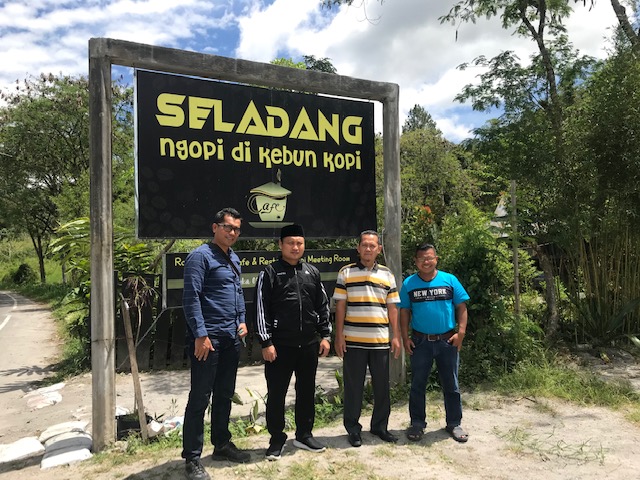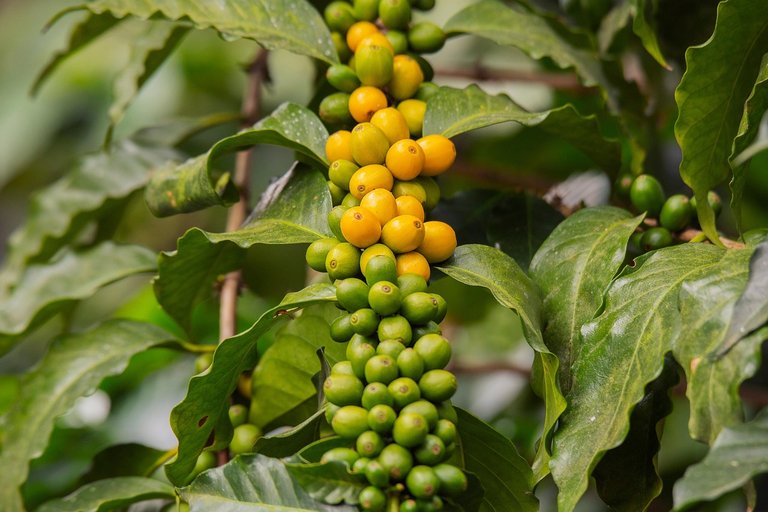Synergy of Men and Women in Cultivating Agricultural Land |

A cafe in a coffee plantation owned by the Gayo community in Bener Meriah, Aceh, Indonesia.
In plantation matters, the division of labor is divided into two main activities: planting and harvesting. But that does not mean that here the two things are divided separately. What is meant is that both in planting and harvesting men and women share their energy. Women work on part of the area, men cultivate the rest of the area. So this can be said to be a form of collaborative division of labor in each sector.
Then, the most important question arises regarding the practice of division of labor: What are the contributions and appreciation of the parties in the form of ongoing cooperation?
The answers to these questions include economic issues, personal pleasure, health, and lifestyle. Women feel very happy because appreciation for their hard work can provide personal savings or joint savings. With savings, life feels like it has a basis for family protection. Income also provides an opportunity for recreation at certain times. Together with family, husband, children, and other family members, women can feel like they are eating and shopping with their families.
Regarding shopping, this also includes ways to satisfy oneself with commodities that characterize the current lifestyle. The economic impact of cooperation is the increase in family income. And the division of labor or cooperation within the family has become a hereditary custom that applies in farming families (society).
So, the division of labor can be said to be part of the culture of the farming community in Gayo. However, it is undeniable that there are a few households that experience conflict as a result of this division of labor. Quarrels usually occur because of the inequality in the distribution of agricultural products (money). The work spirit of female farmers usually decreases when faced with this problem.
Interestingly, this conflict will not drag on. Gayo farming families already have effective tools to bring about consensus for themselves. Deliberation after deliberation will certainly lead to a resolution of the case.
In Indonesia, the major theme of gender discussion in the agricultural sector is still closely related to the inequality of the division of labor, unclear work status, excessive burdens, the imbalance of women's and men's participation quantitatively and qualitatively in various agricultural development activities, and access to and control of resources.
Although the presence of women in the agricultural sector is often marginalized due to patriarchal culture, it must be acknowledged that women's potential in agricultural development is very strategic. Their contribution to the agricultural sector has been able to play a role in maintaining domestic food sovereignty.
However, on the other hand, the frequent absence of female farmers in agricultural development programs is a reflection of injustice and inequality between men and women in Indonesia. In fact, almost the entire agricultural process itself is carried out by women, from seed preparation, planting and maintenance, even to harvest time.
Therefore, women's potential in agricultural development and food security is very strategic. Women's work is seen as secondary work that only "supports" men. So that it can create double challenges for women to get jobs and social recognition for the work they get (Martínez, 2016).
In fact, women have significant potential in agricultural development and the role of women in the agricultural sector is often marginalized by the patriarchal culture that develops in society which results in gender division of labor in agriculture, differences in working hours, and wage gaps (Priminingtyas, 2013). []

